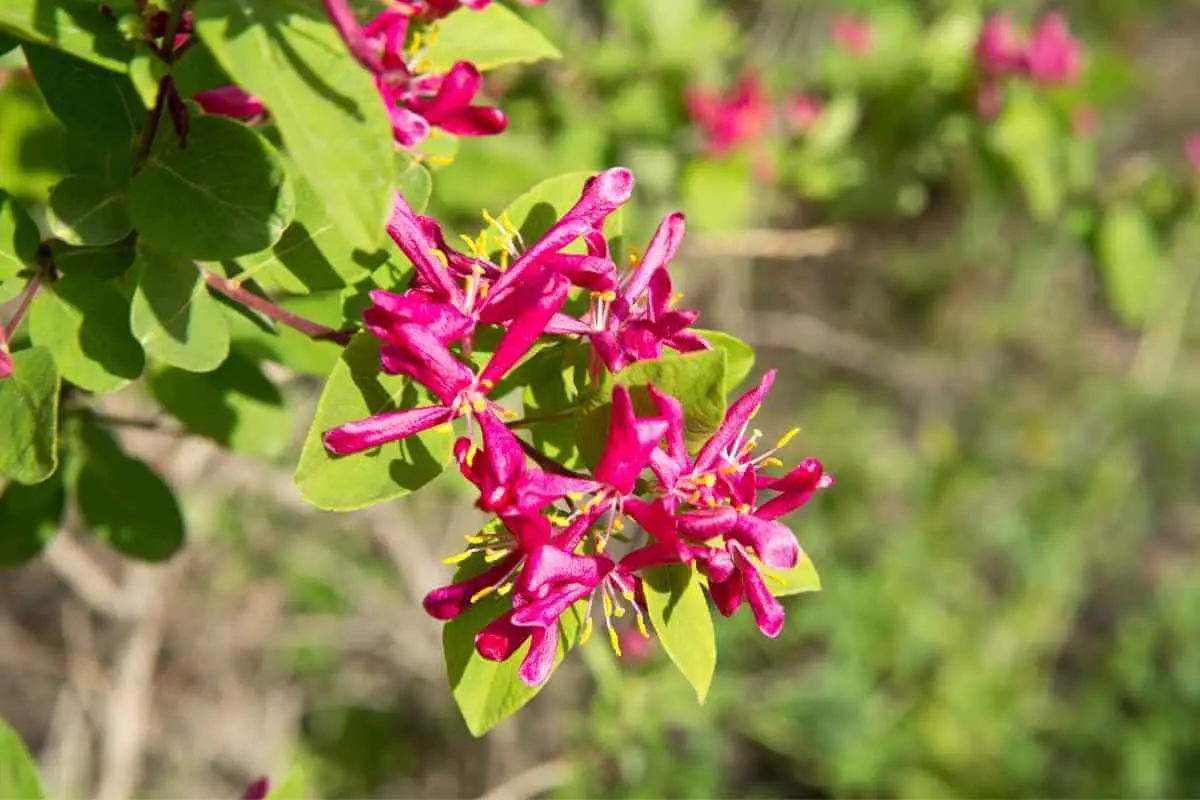Is your backyard full of plants that require constant pruning, watering, and tending to?
Growing a beautiful garden can be laborious so if you’re looking to add another plant to your backyard but not looking for extra work then a Honeysuckle tree could be the answer to your problem.
Honeysuckle trees are classified as “easy” plants to grow because they are low maintenance and generally grow well on their own with few notable issues. There are both climbing and shrub-type varieties of the plant. We’ve compiled a complete guide to Honeysuckle trees so you can grow a thriving one in your backyard with minimal effort.
What Do Honeysuckle Trees Look Like?
You may be surprised to hear that Honeysuckles are referred to as “trees” even though they grow as vines and shrubs.
The reason behind this name is simply that because the plant grows well with few problems, it often reaches the size of a small tree.
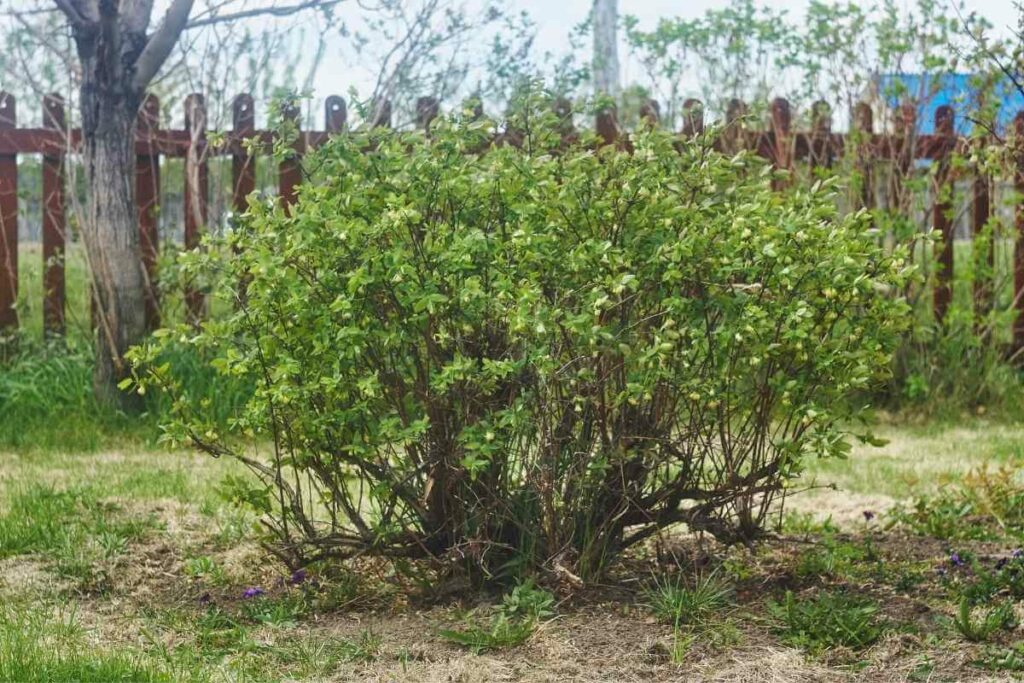
You can identify a Honeysuckle in a few ways.
Firstly, the leaves are paired together on either side of the stem. They resemble teardrops. Some are deciduous, meaning they will shed their leaves each fall and winter and grow them back in the spring.
While others are evergreen and keep their leaves all year long. Along with these changing or remaining leaves, these plants also grow some lovely flowers.
The color of the flowers depends on the variety of the plant. For instance, they could be white, yellow, pink, or deep red.
Another clear indicator of Honeysuckle trees is their berries. These plants produce bright red berries that birds love but are poisonous for humans.
Finally: Honeysuckle can be either a native variety or an invasive one. We will further explain this later on in our guide.
How Tall Do Honeysuckle Trees Grow?
There is a significantly large spectrum for honeysuckle size.
These plants can grow upwards of 20 feet, or they can remain somewhat close to the ground and short.
The height of the tree depends primarily on its variety.
For instance, a vine will grow taller than a shrub. The height also depends on the climate and surroundings of the plant.
All about the Invasive Honeysuckle Variety
You can spot invasive Honeysuckle trees by taking a closer look at their stems.
Hollow stems mean the plant is invasive. Simply cut off a branch and look to the center of the stem.
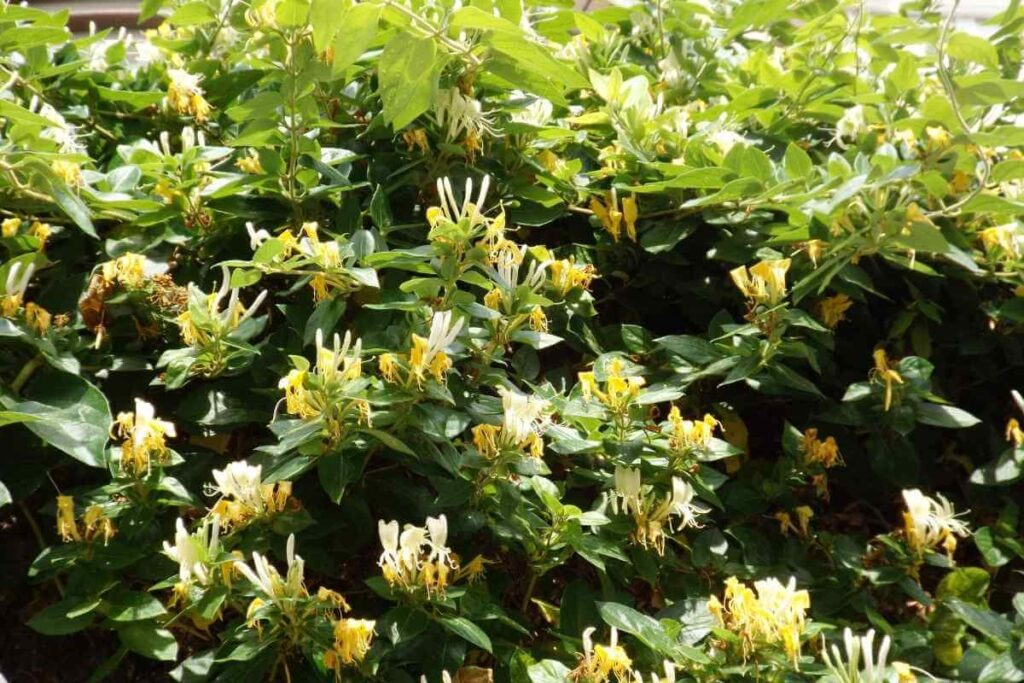
If there is a hollow passage within it, you have invasive Honeysuckle on your hands.
Invasive Honeysuckle is exactly as it sounds; invasive.
It will proliferate quickly covering native plants making it difficult for them to absorb sunlight.
Be Careful: If unattended to, the invasive variety will make it hard for other plants to grow nearby and before you know it, your entire backyard will be Honeysuckle trees!
How Can I Avoid or Deal with Invasive Honeysuckle?
The invasive variety spreads through birds.
Birds love the berries produced by the plant and when they eat them and drop them along their travels, it means the plant will grow in new places.
To avoid this:
- We recommend putting out a bird feeder so birds that frequent your home have other food to eat.
- Additionally, be cautious if you are transplanting the plant. If you spot on in the wild and wish to take it to your backyard, make sure you check for the hollow stem before doing so.
As the invasive type often grows in the wild, especially in the United States, transplanting likely means you will be planting an invasive variety so check before digging it up!
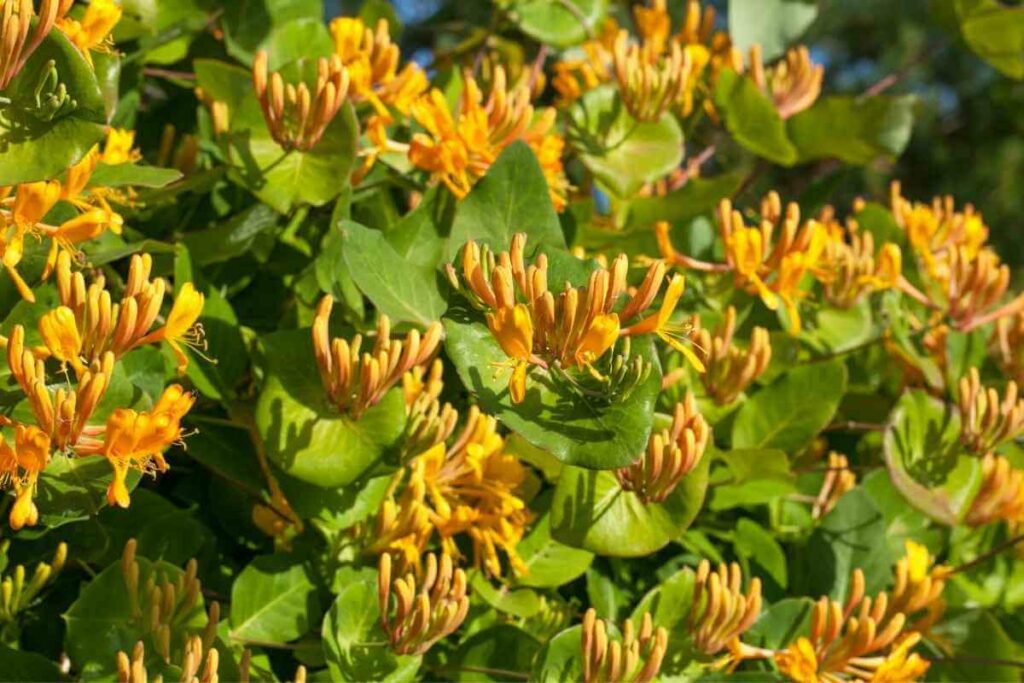
The best way to avoid the proliferation of the invasive plant variety is also to remove it as soon as possible, preferably before the berries begin growing to avoid birds picking them up and spreading them around.
If it’s already growing and you’ve made sure it’s invasive. You can simply pull the smaller ones out of the ground at their roots.
If the tree is large already, you can use a tool called a “Honeysuckle popper”.
This tool somewhat resembles a shovel in that it makes it easier to scoop up the tree from its roots which is essential if the plant is already 20 feet tall!
Caring for a Honeysuckle Tree
As mentioned, these trees are very low maintenance and ideal for any gardener on the hunt for some easy to care for shrubs.
Read on for care advice and recommendations.
When Is the Best Time to Plant One?
You can plant your Honeysuckle tree any time of year.
Though, bear in mind that you will have to get them into the soil, so frozen ground won’t work too well!
There are optimal times of year for the different varieties, this being in the fall for evergreens and in the late winter for deciduous.
Water is essential in the beginning stages. This is when the plant will be the highest maintenance and you must be sure to irrigate it regularly.
Additionally: Mulch is a staple when it comes to Honeysuckles as it helps them retain the moisture they require to proliferate.
What Soil Should I Plant My Honeysuckle In?
The best soil for your plant depends on which variety it is.
Climbing Honeysuckles (the vine variety) grow best in fertile, moist ground.
We stress “moist” as opposed to damp for this type of Honeysuckle tree because you must be sure the soil is well-drained. They do not like overly wet ground.
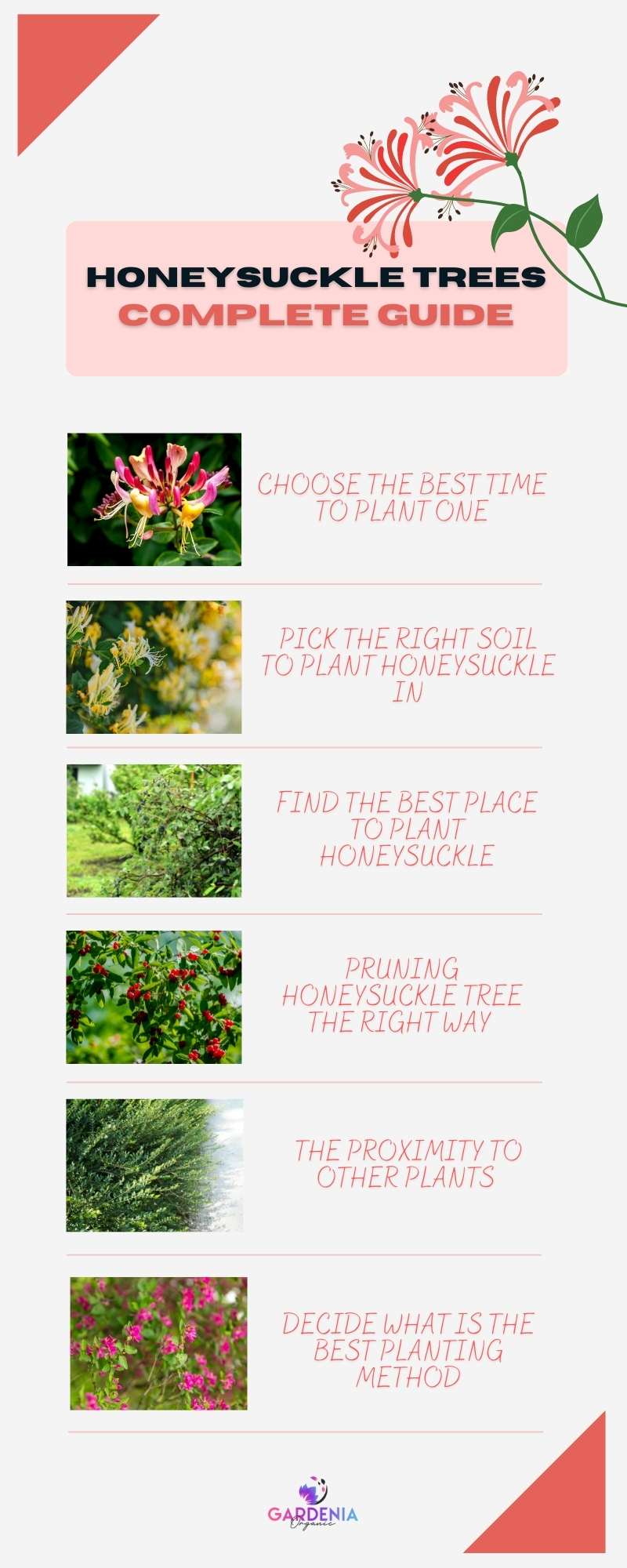
They also require humus-rich soil, meaning soil with a large proportion of organic matter that has decomposed.
It is the fully broken down, dark soil you may see in a healthy garden and it’s essential for your climbing Honeysuckle to thrive.
The shrub type, on the other hand, just requires some properly drained soil.
Both types will do well with some mulch around their base and fertilizer, or compost will further help the plant.
Where Should I Plant My Honeysuckle Tree?
These plants are wild and can survive in various climates.
The most important aspect is sunlight. Climbing Honeysuckle trees (also known as the vine variety) will flower best if planted in areas with direct and constant sunlight.
However, remember that pests are far less likely if the plant has some shade but the plant won’t flower as much if it has too much shade, so the choice is yours.
Though, they do need at least some sunlight if not complete sunlight. The shrub variety will grow in full or partial sun as well.
In terms of climate, these plants are best in temperate places. However, they can survive cold winters and warm summers.
If you want your tree to climb up a fence or trellis, it will do so beautifully:
- Simply make sure the soil surrounding its base is well dampened.
- Mulch is especially helpful to retain that extra moisture when the plant is against a wall, rock, or trellis.
As these plants will grow wide and tall, be sure you have some room to give surrounding the plant, otherwise, it may crowd your other flowers and plants, or even your patio furniture!
How Often Should They Be Pruned?
The amount of pruning the plant requires also depends on which variety it is and when it tends to flower.
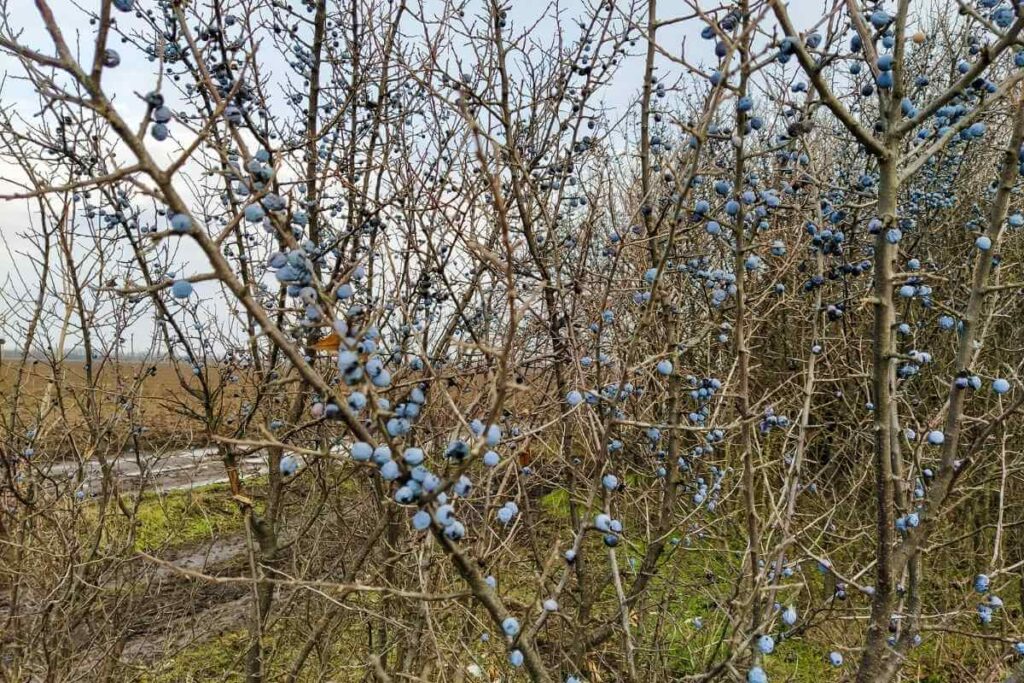
For instance, types such as the common Honeysuckle, flower early on in the spring must be pruned right after flowering for optimal growth.
Approximately, one-third of the tree should be pruned.
Other varieties, such as the Japanese Honeysuckle don’t require much pruning at all. Simply trim any branches that seem too long here and there to keep this type growing well.
The shrub type of Honeysuckle requires slightly more attention when it comes to pruning:
- Start at their base and get rid of any stems that look old.
- Every third branch that looks older than others should be shortened for optimal growth.
- Then, at the end of the winter season, do a full prune making sure any branches that look weak are removed.
With all varieties, you should be sure to thin them out on occasion as they grow so quickly and can overtake areas.
Regular thinning out will do them well, not to mention help keep some balance in your yard!
Should I Plant Them near Other Plants?
The proximity to other plants depends on your preferences.
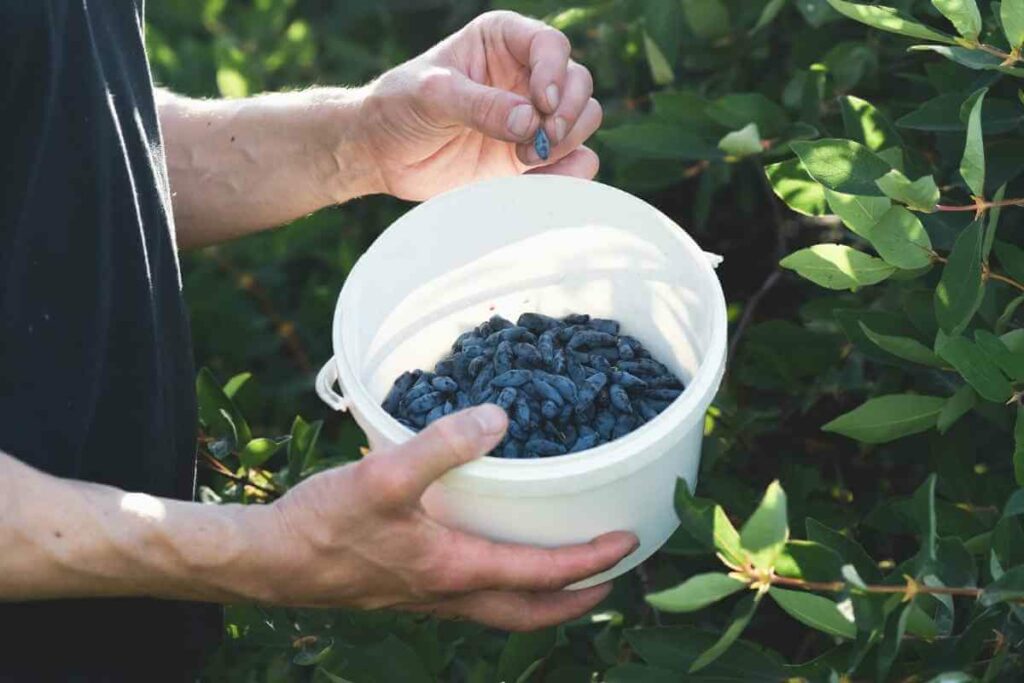
Again, if you are working with the invasive variety and plant it too close to other plants, it will likely overtake them.
This means it will block their sunlight and unfortunately, kill them.
Be Creative: If you are aiming for a wild-looking backyard, you can go ahead and plant these anywhere as they will quickly proliferate, climbing up fences and all through your garden.
What Is the Best Planting Method?
You can plant Honeysuckles so that they grow up a trellis or fence, creating that vertical garden look that has become popular all over the country.
Or you could plant them free-standing to grow by themselves if you prefer. The best way to plant your Honeysuckle simply depends on the variety to choose to plant.
For instance, the shrub is better if you are aiming to fill a low-sitting garden while the vine type is best to cover a fence or trellis.
What Are the Most Common Problems with Them?
The good news is that Honeysuckle leaves are naturally resistant to Aphids, one of the most frequent killers of plants.
However, when they are just young shoots, they do not yet ward off the Aphids so watch carefully when they are young.
There are just a few other issues that may arise so read on to learn about dealing with them if they appear on your plant.
Dealing with Cankers
Cankers are one of the few problems that may impact your Honeysuckle tree.
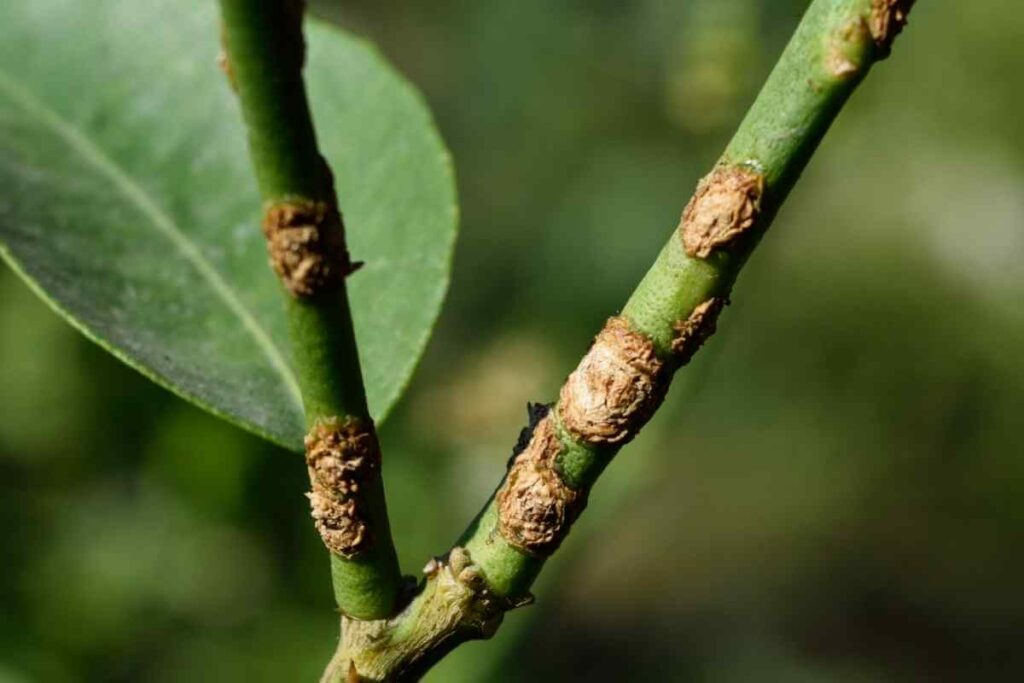
If you notice discolored spots on the stems that may be swollen and perhaps, producing a waxy or gummy discharge, it’s likely Cankers.
This is a fungus that has various causes including rain splash and unclean tools carrying it from other plants.
Unfortunately, the only way to get rid of it is to destroy the stems with the spots or even the entire plant.
If this is the case, remove the plant from its roots and destroy it, making sure to thoroughly wash your tools. After this, spray the area with a Canker disinfectant to prevent any potential infection in your next crop.
Powdery Mildew
If you notice white powdery spots on your plant, it may have a case of Powdery Mildew.
Your Honeysuckle tree will be more likely to develop Powdery Mildew if it is starved for water.
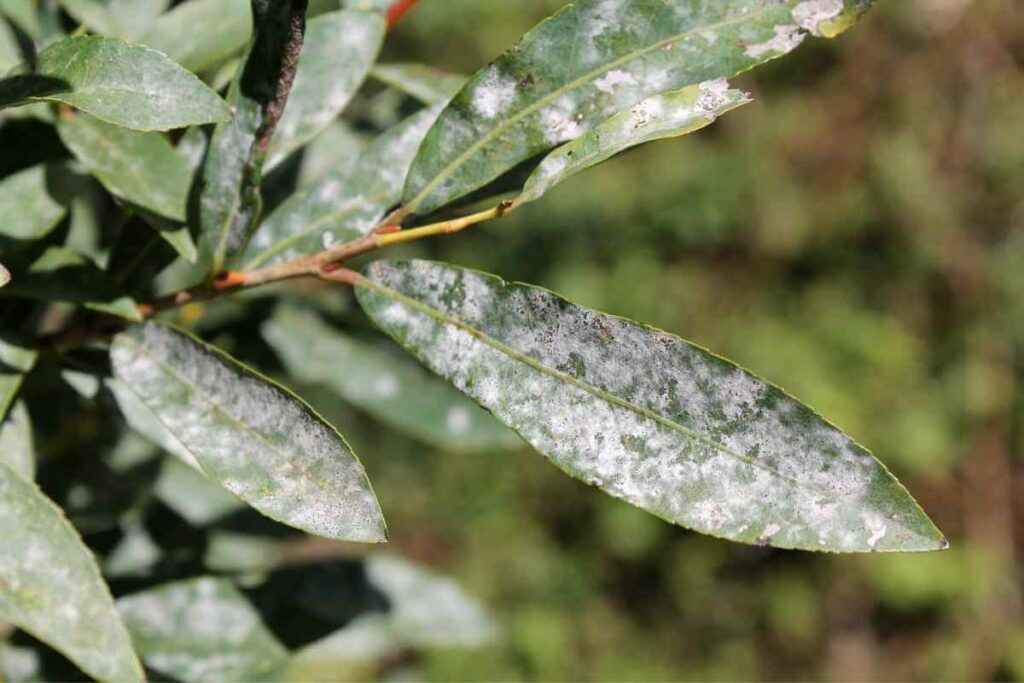
If you are in a dry climate or if it has been a particularly dry season and you have not been irrigating your plant regularly, it will be especially susceptible to this condition.
Highly Recommended: The best method when it comes to Powdery Mildew is to avoid it. We recommend placing mulch around the base of your plant so that it can retain as much water as possible.
What to Do If the Blight Comes Around
Blight is common in new leaves so watch for it if you’ve just planted your tree.
Infected trees will produce leaves that curl, become discolored (brown or even black), and then fall off.
Again, this is a fungal disease and you will need to remove any infected areas.
Once you have removed the problematic parts of the plant, spray the remaining play with a fungicide until it flowers.
The Blight should go away if caught early and dealt with immediately.
Final Words on The Wonderful Honeysuckle Tree
Now that you know all about caring for this plant, you’re ready to get started.
As mentioned, these trees proliferate nicely.
If you’re looking for a plant to cover up an unattractive fence or to provide some privacy from neighbors, a Honeysuckle will do the trick.
If you’re not too worried about having other plants in your garden, you could even plant the invasive variety as it will quickly grow to cover its surroundings.
If you enjoyed this article, don’t hesitate to share it as you never know who may be looking for a low-maintenance shrub to add to their yard!
